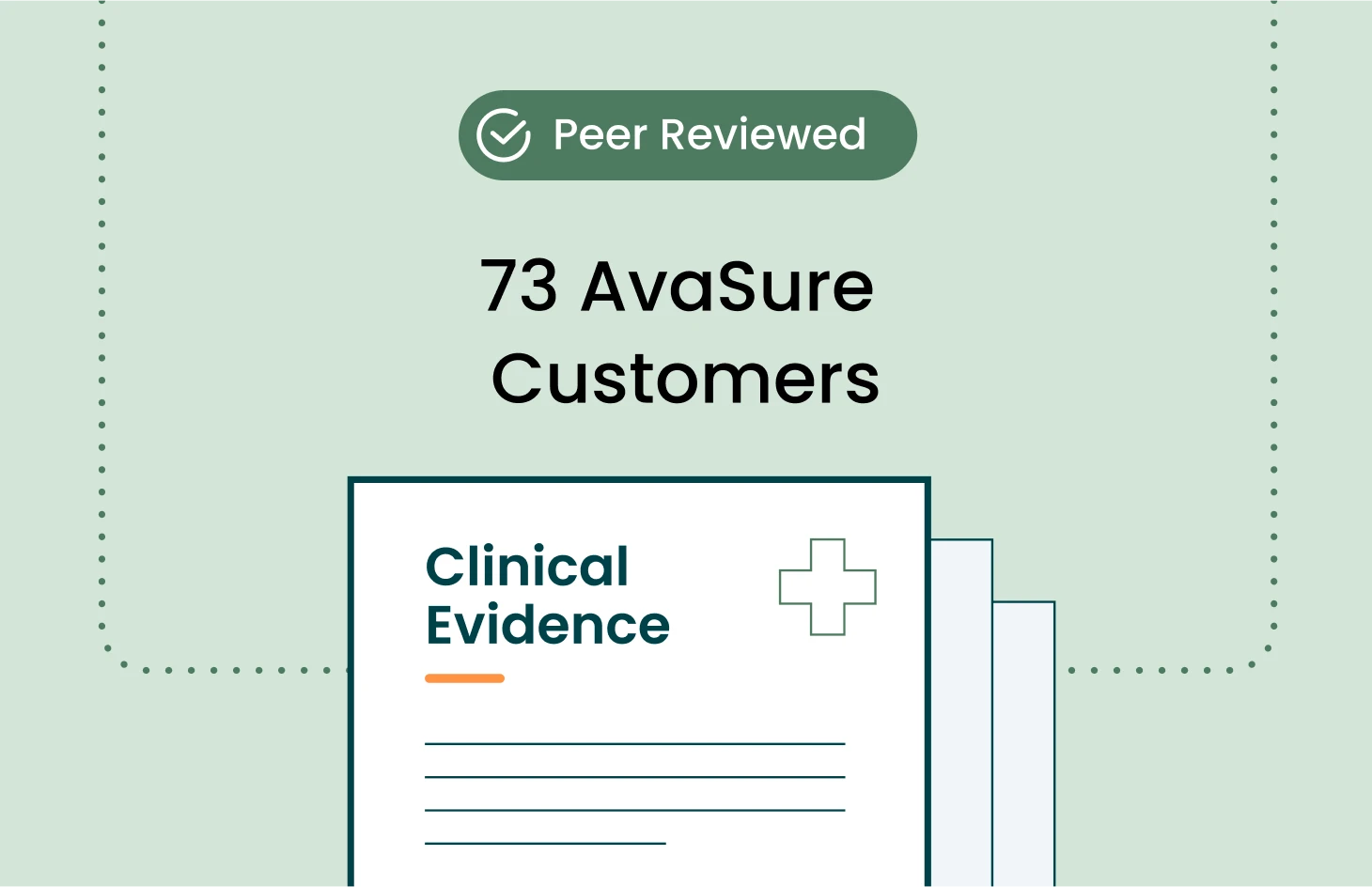Impact of Patient-Engaged Video Surveillance on Nursing Workforce Safety
Workplace Violence
April 5, 2023
Study of 73 hospitals showing that for every one abusive event witnessed, there were 25 abusive events avoided
Impact of Patient-Engaged Video Surveillance on Nursing Workforce Safety
Patient Aggression/Violence Quigley PA, Votruba L, Kaminski J. J Nurs Care Qual. 1999;35(3):213-219.
Challenge
Healthcare organizations are challenged to capture previously unreported events in a culture where nurses often believe that such events are just part of their job or that nothing will change if they are reported
Although the use of technology, such as the AvaSure TeleSitter® solution, is well-established in keeping patients safe by reducing falls and injuries, it can also be used to create a safer environment for the nursing staff.
Solution
The TeleSitter® solution is a leading innovative patient safety technology that provides evidence of patient aggression and violence against the nursing workforce
During surveillance in this study, the monitoring staff observed patients’ agitating behaviors and verbally engaged with them to redirect and/or prevent escalation. In cases where a patient did not respond and there was an urgent or emergent observed behavior noted, a PEVS alarm was triggered. When monitoring staff observed a verbal or physical abuse event, a short, 500-character, free-text description of what was observed was documented into the PEVS record.
As video monitoring staff observed and intervened, data were captured automatically from each patient’s PEVS electronic record into a national database. Monitoring staff software interactions were automatically captured to provide patient engagement and event metrics, including verbal interventions, PEVS alarms, and alarm response time. The 2 main types of reported abusive incidents were physical abuse and verbal abuse. Only abusive events by a patient toward the nursing staff were analyzed.
Over the 21 months, the monitor staff at 73 hospitals documented 7915 abusive incidents that they prevented.
- 89% of these incidents were prevented by use of verbal intervention
- 11% were prevented by use of alarm activation
These findings show that the use of PEVS is effective to track and trend patient aggression toward nursing staff. Yet, because 85% of the patients who exhibited aggressive/violent behavior were not identified by the nurses as a risk, organizations should also consider adding violence risk tools as part of patients’ admission assessments.
Monitor technicians are the essential eyes on patients to detect those who may be prone to aggressive or violent behavior.
Conclusions
Patient-engaged video surveillance, a nurse-led technology program, is effective in increasing both patient and nursing workforce safety and should be expanded within and across healthcare settings.
